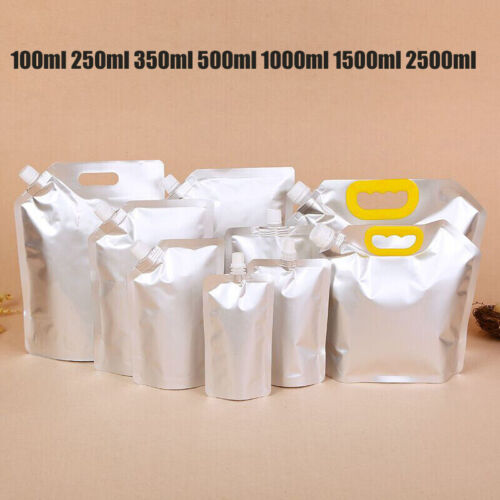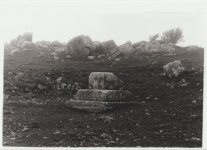Try this as an entry point

archive.org
When you click on a title, it will bring up the download page plus suggestions of similar books.
If you want to search, I recommend the "advanced search" option, and just put in the words that seem best into the "any field". To get to the advanced search, click in the search box (top right) and a drop down menu appears. Also, it's probably a good idea to select "texts" as the media type to avoid films and audio recordings which have the same keywords. As well as books on printing etc., you'll find chapters in books like the "Ilford Manual of Photography", an older copy of which is on the archive, and various older books on photography.
I might see if I can copy some of them onto my OneDrive and supply a link if that would be of interest. If I get round to working on my book again, I think it could be worthwhile to put urls to archive.org alongside any books in my "further reading" sections, although that would mainly be to optics books.
Here's another useful link

archive.org




